Longitudinal Associations of Olfaction with Changes in Brain Volumes and Neuropsychological Function
Study Overview: Researchers examined how the ability to identify odors (olfaction) relates to changes in brain volume and cognitive function over time in older adults, using data from the Baltimore Longitudinal Study of Aging.
Key Findings:
Participants:
567 individuals with MRI data and 754 individuals with neuropsychological
assessments, all aged 50 and older.
Odor Identification Scores:
Higher scores were linked to slower brain atrophy in key brain regions:
Cognitive Decline:
Higher odor scores were associated with slower decline in:
Memory, Attention, Processing Speed, and Manual Dexterity, and Attention
Significance: Higher odor identification scores were significantly associated with reduced brain atrophy and slower cognitive decline, indicating that olfactory testing could be useful for predicting and monitoring cognitive
health in older adults.
Smell-based Memory Training: Evidence of Olfactory Learning and Transfer to the Visual Domain
Background: The study explored whether olfactory memory training (OM) could enhance untrained visual memory and olfactory tasks compared to visual memory training (VM).
Methods:
Participants:
106 adults, 18-50 years, split into OM and VM groups.
Training:
Daily memory training for 40 days with either olfactory or visual tasks.
Key Findings:
Olfactory Training:
Improved performance in both olfactory (odor discrimination and naming) and visual memory tasks.
Visual Training:
Did not transfer to olfactory memory tasks.
Comparison:
OM participants reached similar performance levels as professional wine tasters.
Conclusion: Olfactory training shows promise for enhancing memory and transferring learning to other sensory domains, highlighting its potential in cognitive training interventions. Further research is recommended to replicate
and expand these findings.
